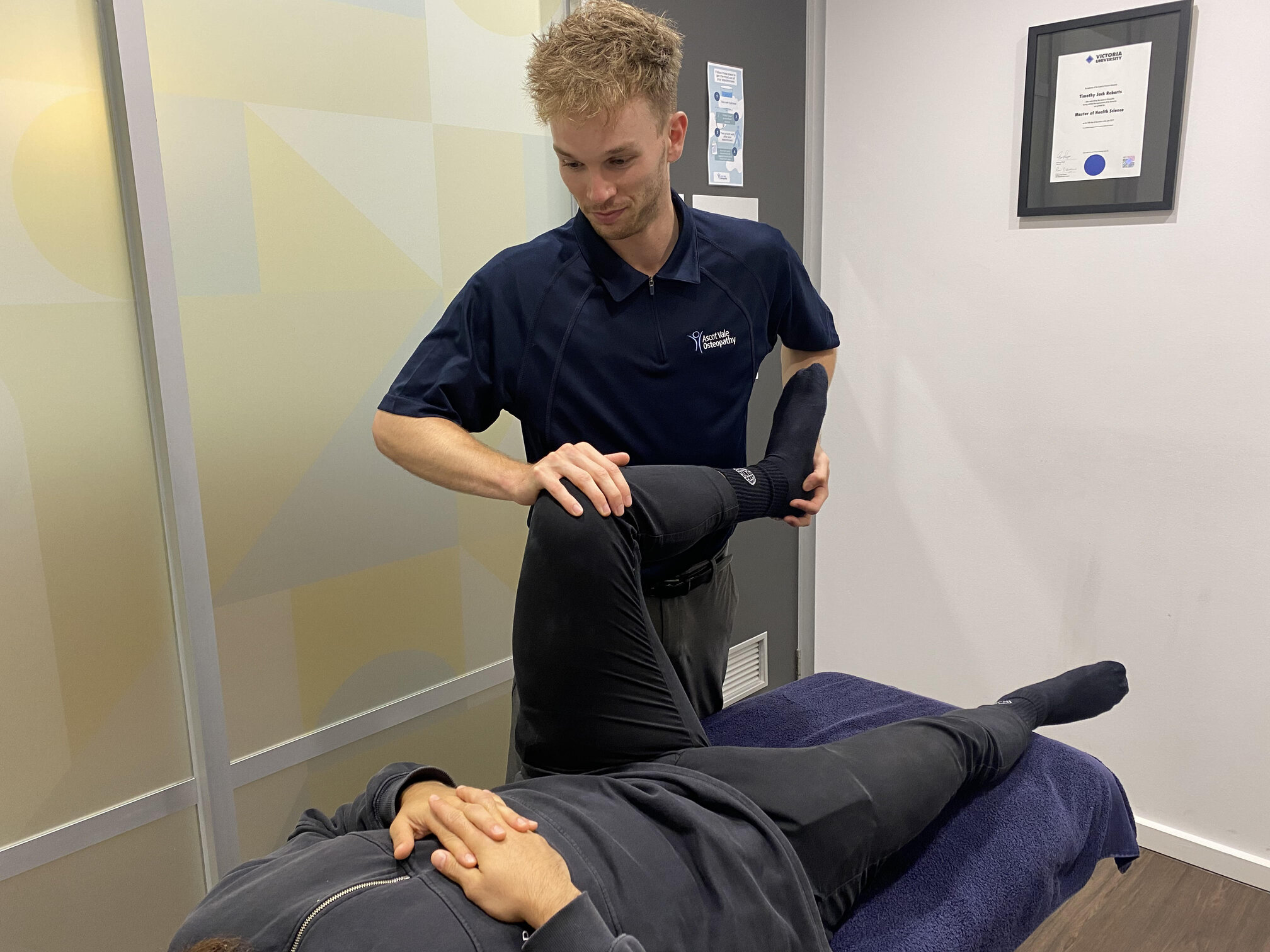
There have been plenty of times throughout history where Osteopath’s and other manual therapists have been called magicians. While we will always take this as a compliment, the matter of fact is, it’s not (entirely) true!
When you present to an osteopathic clinic, chances are you are in pain. That pain may have been there for 6 hours, 6 months or 6 years. After one session with an amazing osteopath at Ascot Vale Osteopathy, you may walk out with no pain at all. Magic right?
How does Manual Therapy Work?
When osteopaths rub, crack, needle, cup and articulate, they are essentially manipulating the central nervous system, telling the brain to reduce the protection of an area that it thinks is in danger. Pain is a protective measure that the brain uses because it thinks it is reducing the risk of something bad happening to an area of your body, when there may or may not be actual tissue damage. When you roll your ankle, you get pain, swelling, redness, warmth and loss of function. This is usually as a result of tissue damage occurring in the ankle. When you experience a “jarred neck”, usually there is no tissue damage but you still suffer from pain and a loss of function. There are receptors in your spine that are telling your brain they are taking too much load. This leads to the brain reacting and tightening up all the muscles around your neck. The sensations of these situations are similar but what is happening under your skin, is different. In the ankle, there is tissue damage causing pain and in the neck there is no tissue damage, but there is still pain.
In both instances, osteopaths will strive to reduce pain and restore function as quickly as possible. Sometimes, an osteopath’s hands do not have magical powers and after a manual therapy session, your osteopath will prescribe some sort of exercises for you to take home and do. Your osteopath will reiterate the importance of doing your homework, but what are our reasons behind it?
Do Your Homework!
When you are in pain, your body, which is very intelligent, will start to introduce compensatory mechanisms so you can still move and function as normal, even though a part of your body is dysfunctional. If your neck is painful and restricted, your shoulder, upper back and arms will have to pick up the slack to compensate for the loss of movement at the neck which, after a prolonged time and no intervention, can lead to pain in those areas because they are overworking.
When we prescribe exercise rehabilitation, we aim to firstly settle down the injured site. This usually involves stretching/self massage techniques to reduce pain and tension. When it is safe to do so, more movement based exercises are prescribed. The aim of this is to promote normal movement and function back into the previously injured area to ensure every body part is doing its job again. Once full function is restored and the pain has resolved, we will prescribe strength exercises to the once injured and surrounding areas to help reduce the risk of the same injury occurring again. Your brain remembers areas of your body that have been injured, so if you increase strength in these areas, you are essentially giving the brain more confidence in that body part which ultimately reduces the protection and sensitivity of that area.
We will all experience pain at some stage in our lives. It’s not a pleasurable experience and it’s not something you want to have time and time again. With some hard work and persistence, you have the ability to resolve that pain and reduce the chance of it happening again. An osteopath can help guide you on this journey and if you are willing to go on the journey, your chances of resolving your pain are high, leading to a happier and healthier version of yourself.
Dr. Tim Roberts (Osteopath)
One thought on “Manual Therapy and Exercise – A Recipe for Success”
Leave a Comment
YOU MAY ALSO LIKE...
Chronic pain: How pain catastrophising and fear of avoidance
Chronic pain syndrome is a complex multifactorial disease that affects 1 in 5 Australians over the age of 45. It is the third largest disease burden (surpassed by cancer and cardiovascular disease), and costs approximately ...
read moreManaging Your Lifestyle & Running Load
The body’s aim is to remain balanced. The official term for this is allostasis: the ability we have to maintain stability through an ever changing environment. It is not just the external environment we need to ...
read moreHave a break, lift some weights
The importance of keeping physically active!
One too many times I’ve heard, both in my professional and personal life, the age-old story “I used t... read moreThe Benefits of Sleep that we never talk about
Overtraining: Understanding the Causes, Effects, and Prevent
Strengthen Your Core
What is your core? Your core is a group of muscles that sit in your torso. They stabilise and control the pelvis and spine. When most people think of their core, they envision a chiseled 6-8 pack. Unfortunately, the core goes ...
read moreProtect Your Shoulders
Let’s talk about one of the most functional, but prone to injury areas in the human body, the shoulder complex.
Shoulder Anatomy
The shoulder is comprised of three bo...
read moreUnderstanding LDL Cholesterol: The Silent Culprit behind Car
In recent years, cardiovascular diseases have become a leading cause of morbidity and mortality worldwide. Among the numerous factors contributing to these conditions, LDL cholesterol has gained significant attention. LDL, or ...
read more
Great post Tim! Very informative and makes lots of sense! I personally have had great results with this combined approach, so important to do that homework for optimal function! Thank you!